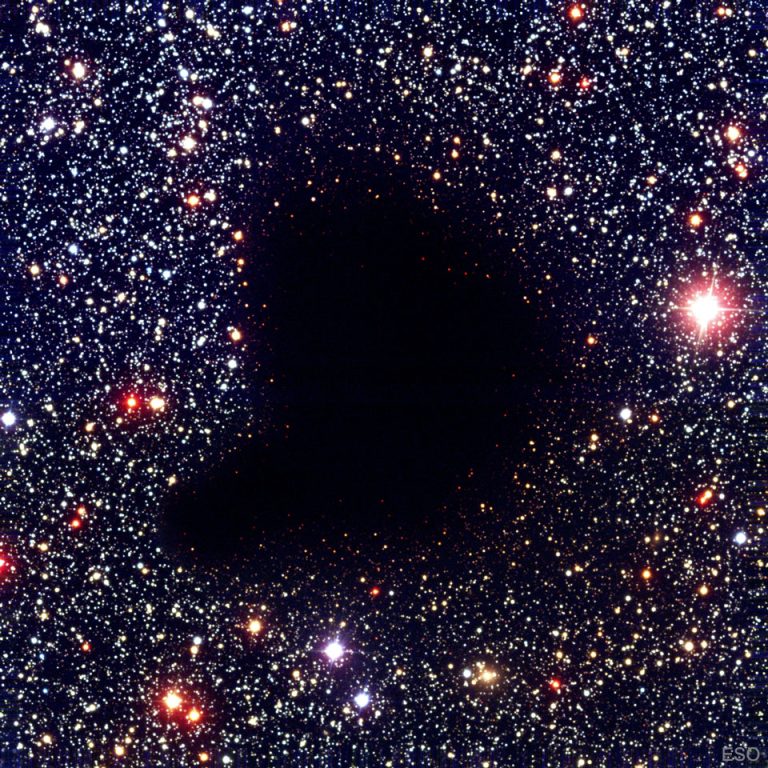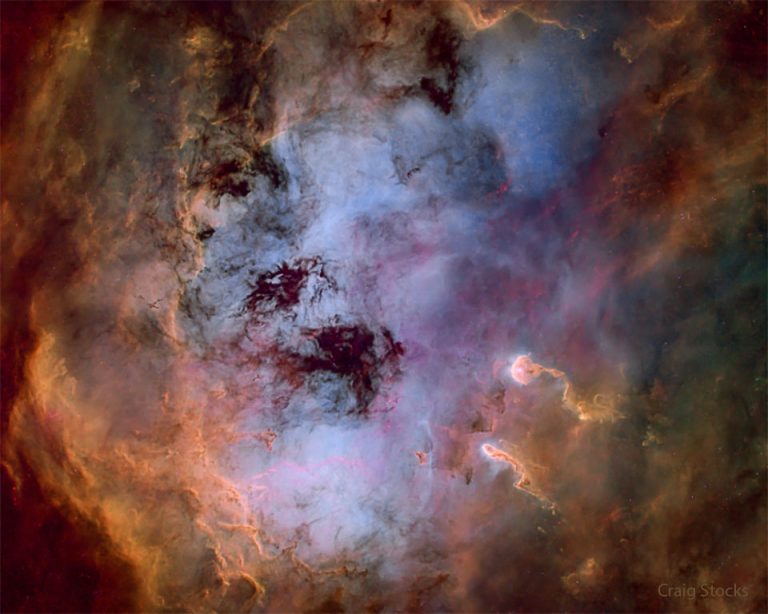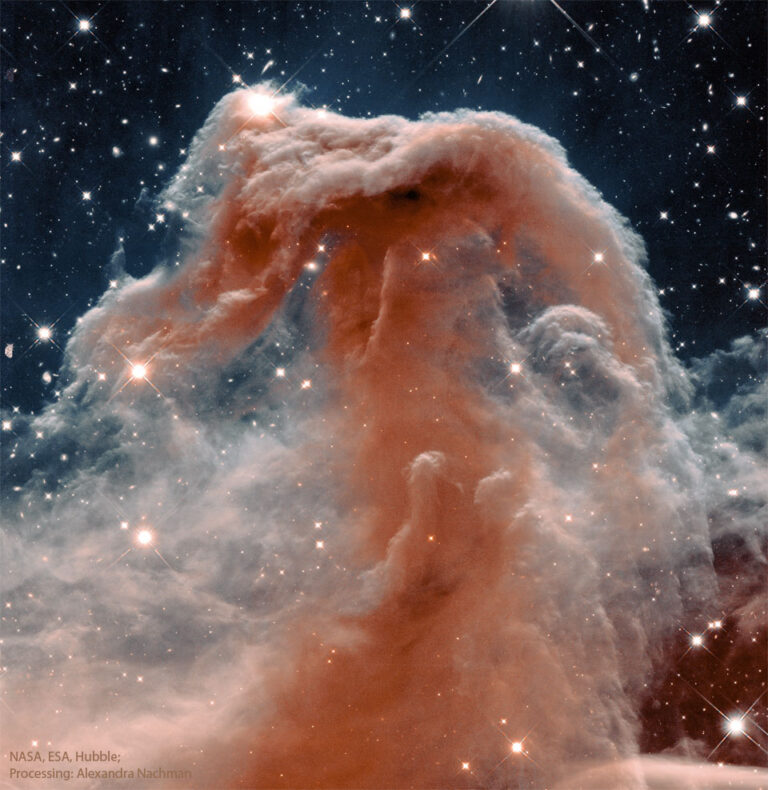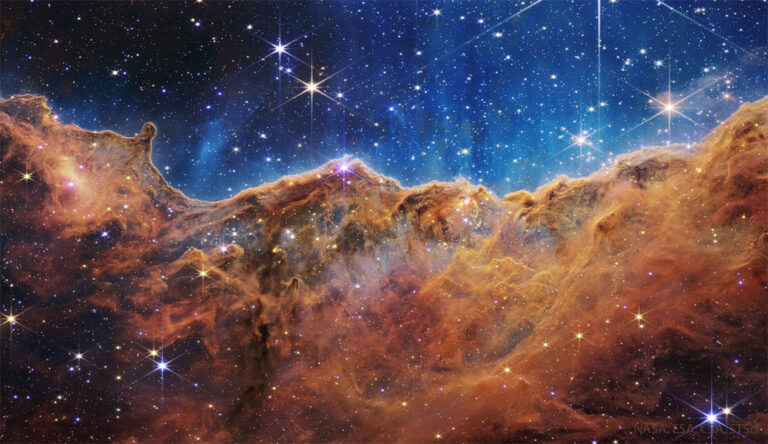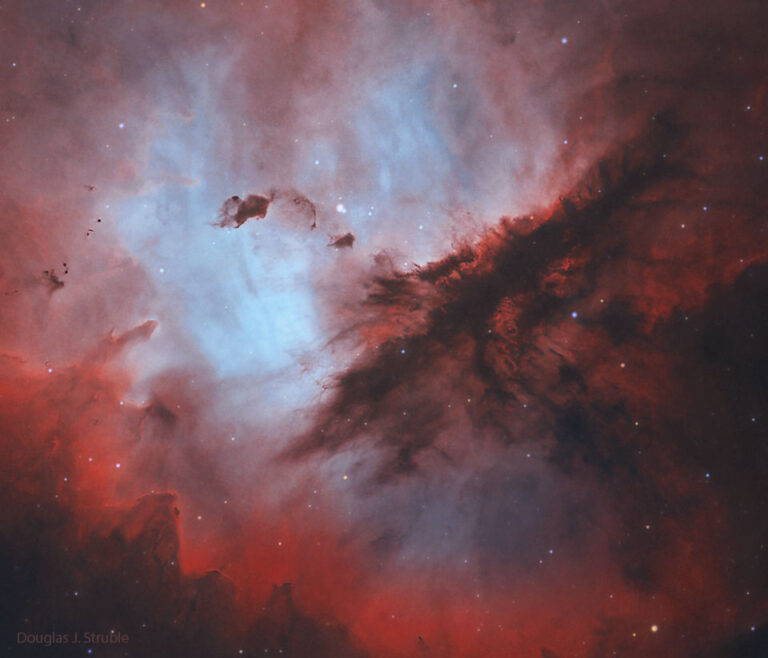沃尔夫-拉叶星WR 124
2023年3月18日 Wolf-Rayet 124 Image Credit: NASA, ESA, CSA, STScI, Webb ERO Production Team Explanation: Driven by powerful stellar winds, expanding shrouds of gas and dust frame hot, luminous star Wolf-Rayet 124 in this sharp infrared view. The eye-catching 6-spike star pattern is characteristic of stellar images made with the 18 hexagonal mirrors of the James Webb Space Telescope. About 15,000 light-years distant toward the pointed northern constellation Sagitta, WR 124 has over 30 times the mass of the Sun. Produced in a brief and rarely spotted phase of massive star evolution in the Milky Way, this star’s turbulent nebula is nearly 6 light-years across. It heralds WR 124’s impending stellar death in a supernova explosion. Formed in the expanding nebula, dusty interstellar debris that survives…


